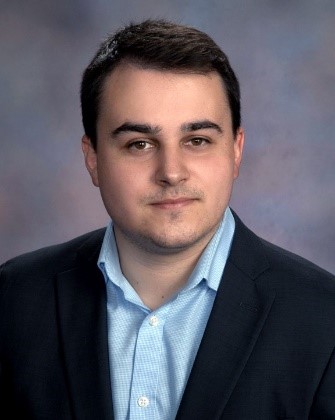
Dr. Gerard Capellades
Assistant Professor, Rowan University
Gerard Capellades is an Assistant Professor at Rowan University’s Department of Chemical Engineering, and head of the Crystallization Science & Pharmaceutical Engineering (CSPE) group. He obtained his PhD in 2017 from the Technical University of Denmark and Lundbeck, for his dissertation on “Design of Continuous Crystallizers for Production of Active Pharmaceutical Ingredients”. After completing his PhD, he conducted three years of postdoctoral research at the Massachusetts Institute of Technology (MIT), advised by Prof. Allan S. Myerson and Prof. Richard D. Braatz.
Most of Dr. Capellades’ prior research work involves the development and control of separation processes for pharmaceutical manufacturing, often combining theoretical studies with industrial applications. In his postdoctoral work, he had a leading role in two DARPA-funded projects, including the Pharmacy on Demand project. He also collaborated with Amgen for the development of digital twins for an end-to-end continuous manufacturing plant. Towards the end of his postdoctoral work, Dr. Capellades worked on the rapid development of crystallization processes for purification as part of DARPA’s Make-It program, and on the real time control of pharmaceutical drying operations in collaboration with Takeda and MIT’s Mechanical Engineering Department.
Currently, Dr. Capellades’ research group works on understanding the role of solvents and impurities on small-molecule crystallization kinetics, on the development of novel diagnostics and process design strategies for drug purification, the application of high-throughput experimentation and digital twins for crystallization process design, and on the design of sustainable solutions for water desalination using crystallization.
